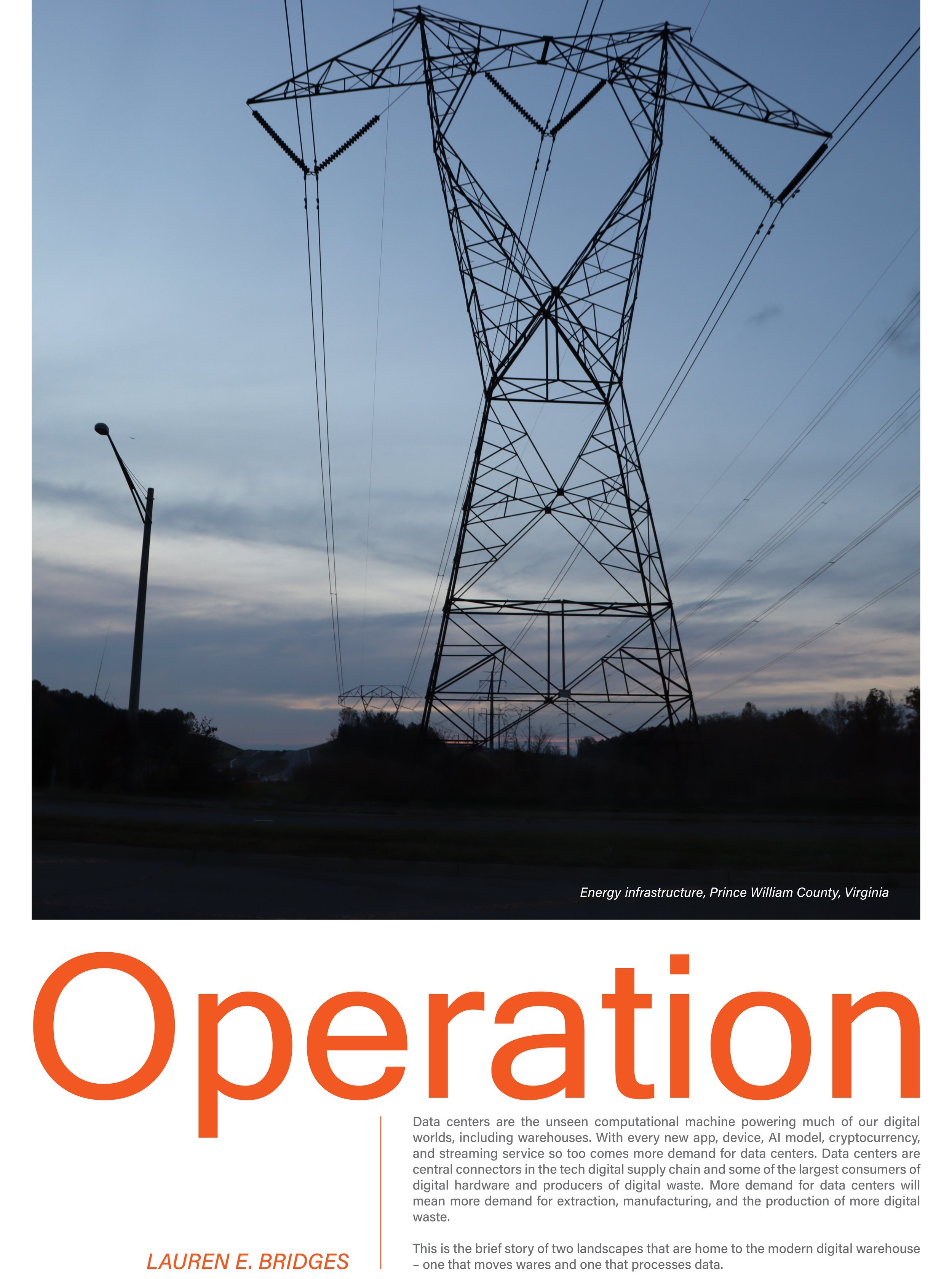In 2014, the coalition to protect Prince William County formed in Northern Virginia to resist a 110-foot-tall, 230 kV transmission line from cutting through the foothills of the Bull Run Mountains and across the Rural Crescent. Residents soon learned the new line was required to service a single bulk-load customer: Amazon, and its two newly built data centers. Once the coalition prevented routes that would cut through the rural area, they redirected their efforts to fight alongside another coalition, the Alliance to Save Carver Road, comprised largely of elderly homeowners who are descendants of freed slaves. After a long four-year battle, together, the community successfully petitioned the Virginia State Corporation Commission to require Dominion Energy to bury the transmission line along the Interstate Highway.








